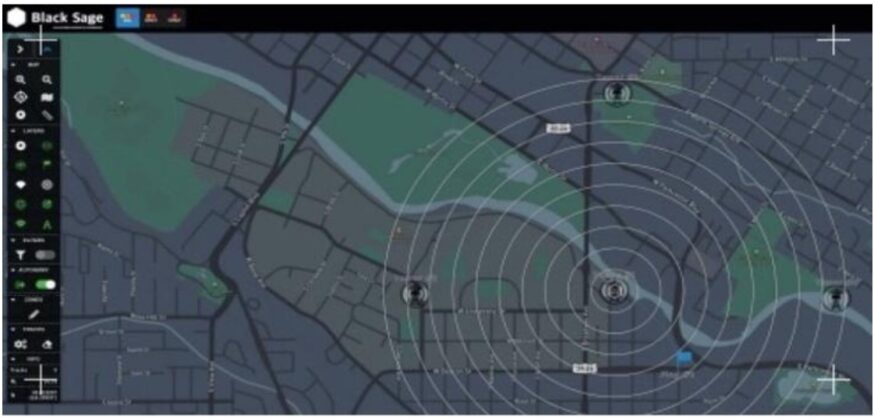Time waits for no man; this idiom is particularly true in technological advancement. Technology’s growth leaves little room for our comprehension of its capabilities before being released for public use. The economic principles of need guide the direction technology develops to satisfy the consumer desires, which the developer seeks to fulfill. National defense technology aims to respond to the growing threats in our modern world. Whether that may be the threat of nuclear weapons, the use of biological warfare, or constant cyber-attacks, the industry adapts. Security is constantly evolving, and if you find yourself trying to play catch-up, you’ve already lost the battle. In the case of Unmanned Aerial Systems (UAS), more commonly referred to as drones in the public sector, the need for rapid advancement has become a booming industry. As the government struggles to agree on UAS and Counter Unmanned Aerial Systems (C/UAS) strategy and legislation, the proposed legislation and regulations have become obsolete due to drone technology’s growth and evolutionary nature.
An excellent example of this trend of C/UAS companies surpassing conventional drone wisdom/capability is using AI technology to streamline identifying and mitigating threats and, more importantly, integrating software into more extensive command and control structures. This integration capability allows the decision maker to be remote and at the highest authority desired. UAS and C/UAS technology is moving towards instantaneous detection and mitigation recognition and mitigation of threats without needing a tactical-level response by a local authority. The evolving technology can now be modified to specific missions and requirements, and the detection and mitigation systems can be customized based on requirements and local regulations, negating the concerns by government agencies and legislators that have held back detection and mitigation capabilities. New counter-drone technology also boasts many interchangeable options for “Hard” and “Soft” Counter-Unmanned Aerial Systems technologies. A critical advantage of this open systems approach is that it avoids being locked in with a specific hardware supplier or technology, making the software architecture hardware agnostic. As new capabilities in sensors, effectors, and processing evolve and components for CUAS emerge, it enables rapid adoption to ensure the end-user solution can address the ever-evolving threats. This “futureproofing” of the system allows for rapidly adopting new capabilities to address the ever-evolving threats. Another interesting feature of this is its ability to use low-cost mitigation techniques instead of using highly costly missiles and DoD-centric defense measures which drive up costs for low-cost threat drone systems.
What is holding up legislation if the technology exists to create rapid identification and mitigation strategies? While most of the current legislation focuses on responding to UAS threats within the domestic sphere, what authorization is needed to eliminate drone threats piloted remotely thousands of miles away? The challenges presented in creating a clear response plan to the CUAS threat essentially boil down to creating a system that can respond instantaneously while operating within the sphere of federal authority. With newly developing C/UAS technology, this question becomes mute as identification and mitigation of UAS threats can be instantaneously completed at the highest level of DHS, DoD, or DoJHeadquarters. Once established, the scenario of responding to UAS threats at the facility must be regularly drilled in the same fashion as if responding to any other form of terrorist threat. Once the authority to act and the method to respond has been established, the question remains: how does the facility acquire the proper equipment to deal with the threat of a UAS? Many of today’s leading CUAS technology providers offer the option to buy and lease these systems at a fraction of the cost. This allows facilities and the federal government to outfit our nation’s infrastructure with the tools needed to protect American lives while operating within a cost-effective price point. Again why spend millions on countering threat UAS with “high-cost missiles and aircraft”
As our current legislation on UAS/CUAS stands today, we need to prepare for the future of foreign and domestic drone threats. The legislation and who is responsible for mitigating threats are bogged down in politics. Technology is developing at lightning speed, which becomes a moot point as it can be done at the highest level of mitigation in our homeland and defense command centers like any other threat. The sad part is we are building legislation and regulations based on old technology and perceptions, which will lead to tragic events that we can change. The solution is to recognize the threat and the evolving technology, push to “fast track” changes, and deploy C/UAS systems domestically while always remembering threat changes frequently and we must be flexible enough to adapt to the threat.
Source: https://www.hstoday.us/featured/day-of-the-drone-part-2-technology-surpasses-bureaucracy/

